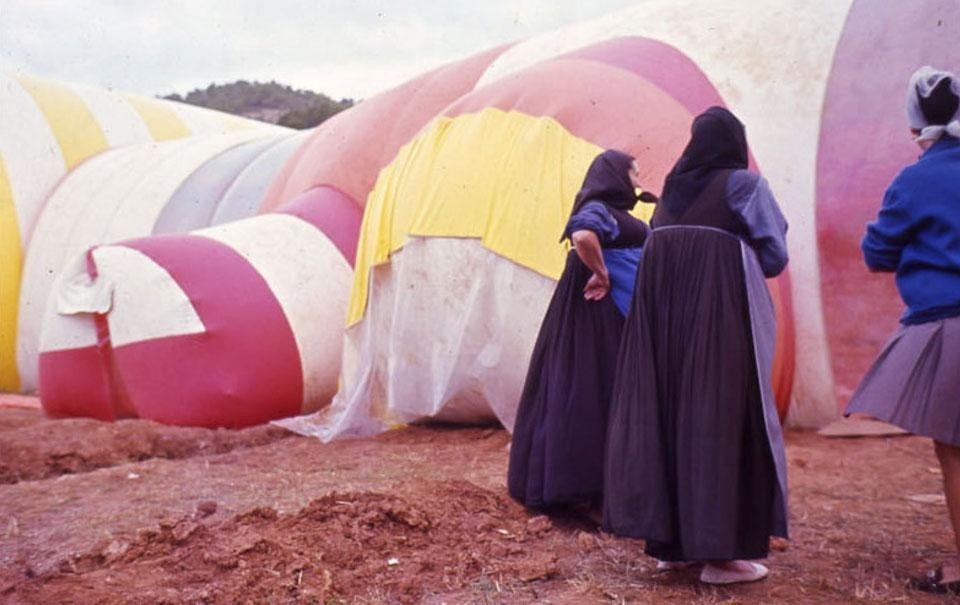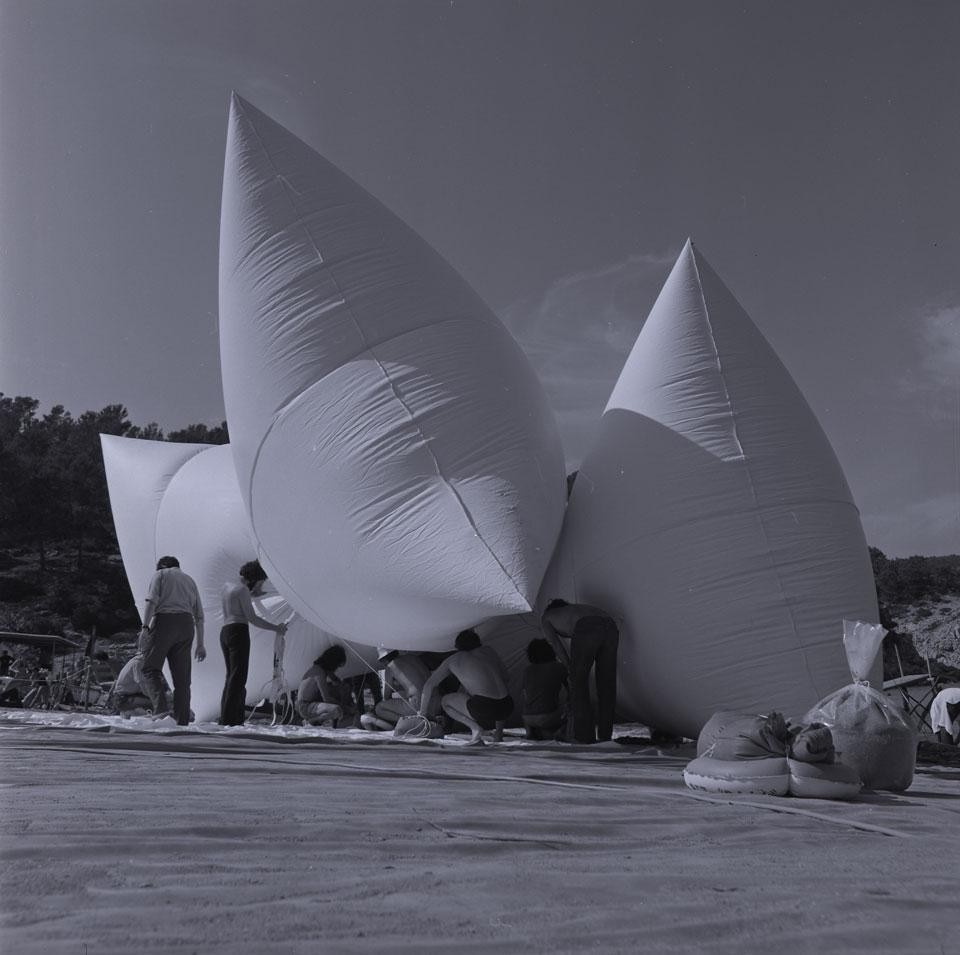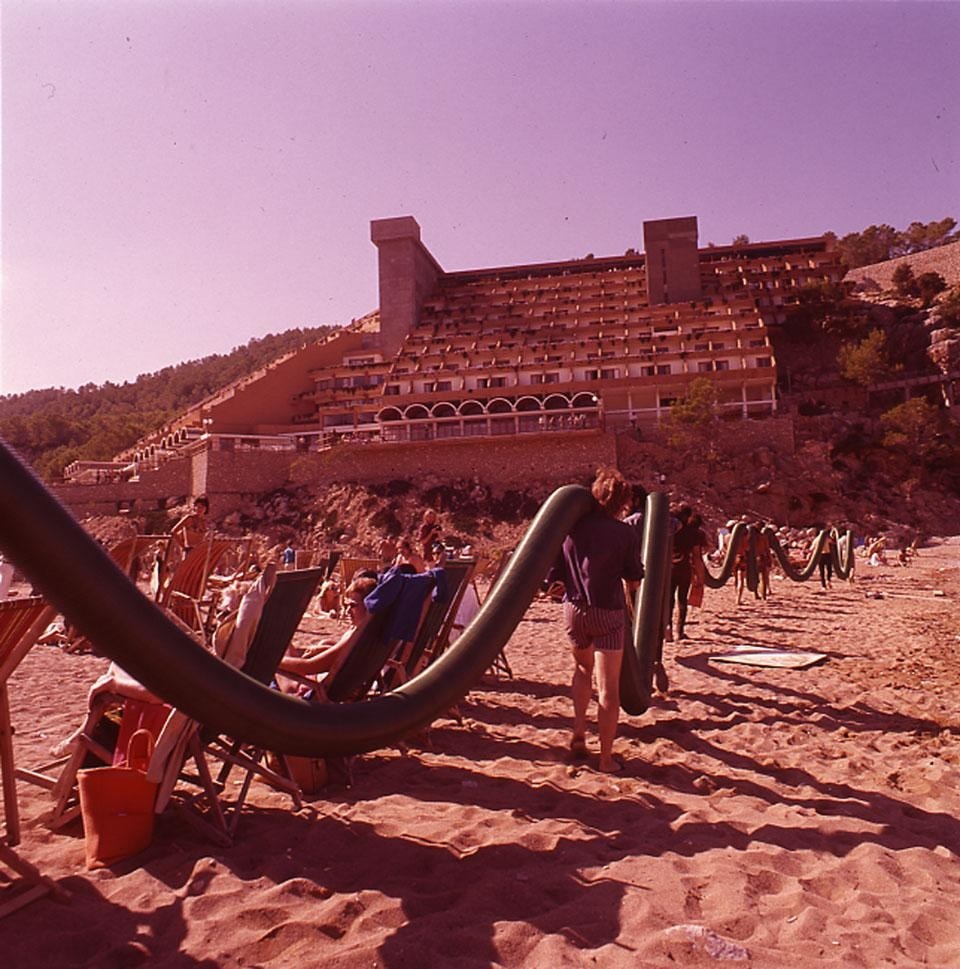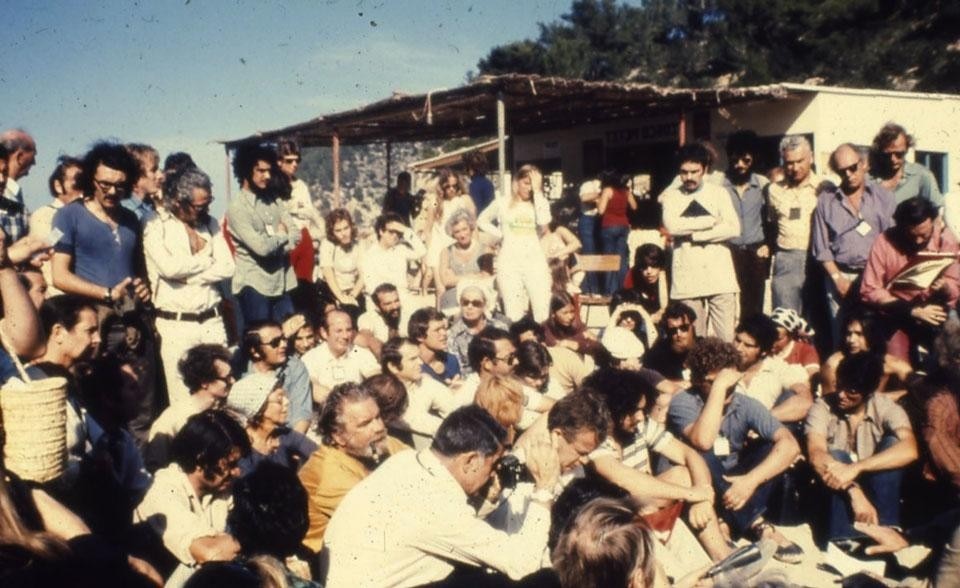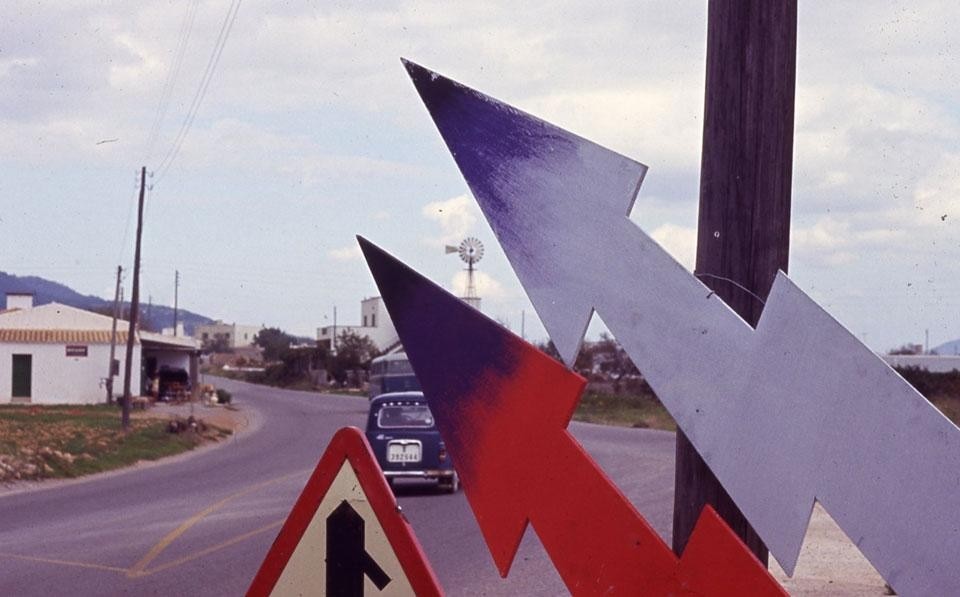In 1971, the 7th Congress of the International Council of Societies of Industrial Design (ICSID) was held at Cala de Sant Miquel, a bay on the north-west coast of Ibiza, away from the usual urban venues. In the years of Franco's dictatorship, dominated by repression, censorship and lack of freedom, Ibiza was still a relatively unspoilt environment, sparsely urbanized. Currently on display at the Museum of Modern Art in Barcelona (MACBA), the material of the 7th ICSID Congress becomes a remarkable resource of information, that goes beyond the simply archive to transform itself in an exhibition.
Located on this bucolic place and immersed in the spirit of the time, following the work of groups like Archigram and Haus-Rucker-Co among others, this event was intentionally focused on spontaneous interventions and a lack of structured program. The main idea was based on having several "speaking rooms" where participants had place and time for discussions related with architecture, design, art and technology. In this context, one of the most important interventions was the participation of José Miguel de Prada Poole, who created the Instant City to provide accommodation for the attending students that didn't have space in the two hotels on the bay. As Prada Poole wrote on his Letter of the "Ad Hoc Committee", the intention was to use an inflatable structure taken from the University City of Madrid and allow the students to be part of the construction process and after that, to use it during the days of the congress. Carlos Ferrater and Fernando Bendito, both students of architecture at the time, established the Ad Hoc Committee and drew up the Instant City Manifesto, alongside Luis Racionero.
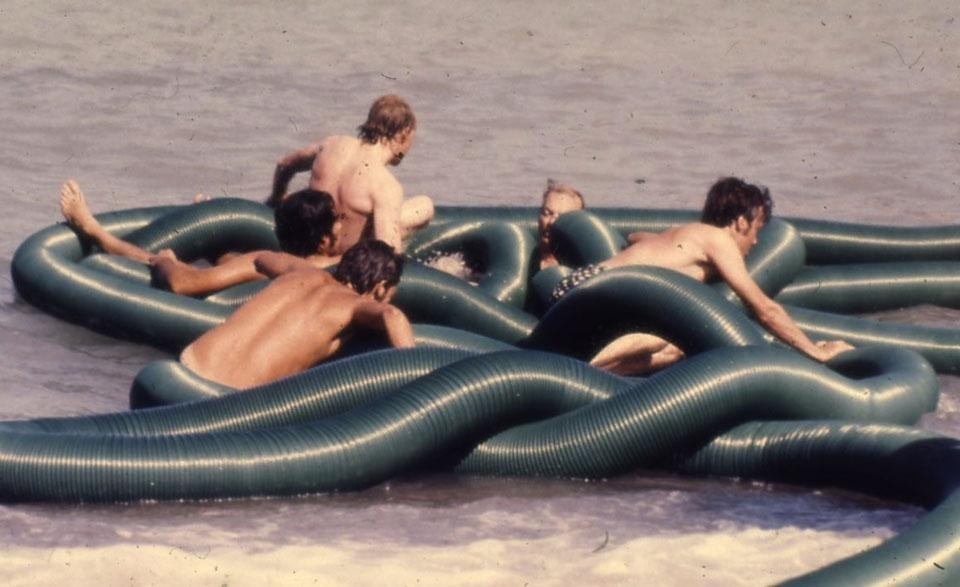
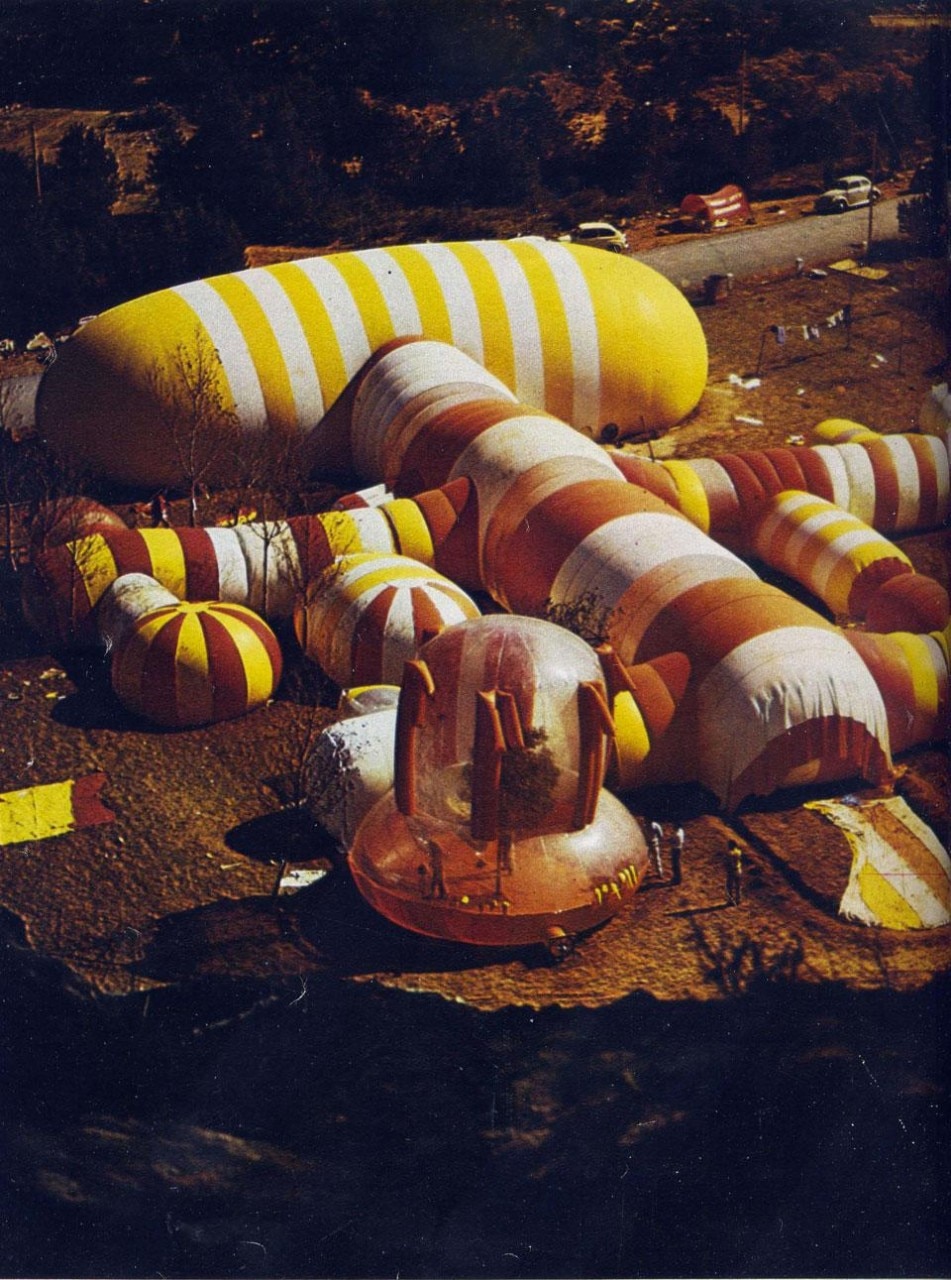
The exhibition is located in two main rooms of the MACBA, the huge white cube museum: a perfect scenario to display documentation of the congress in several media: correspondence, magazines, film and sound recordings
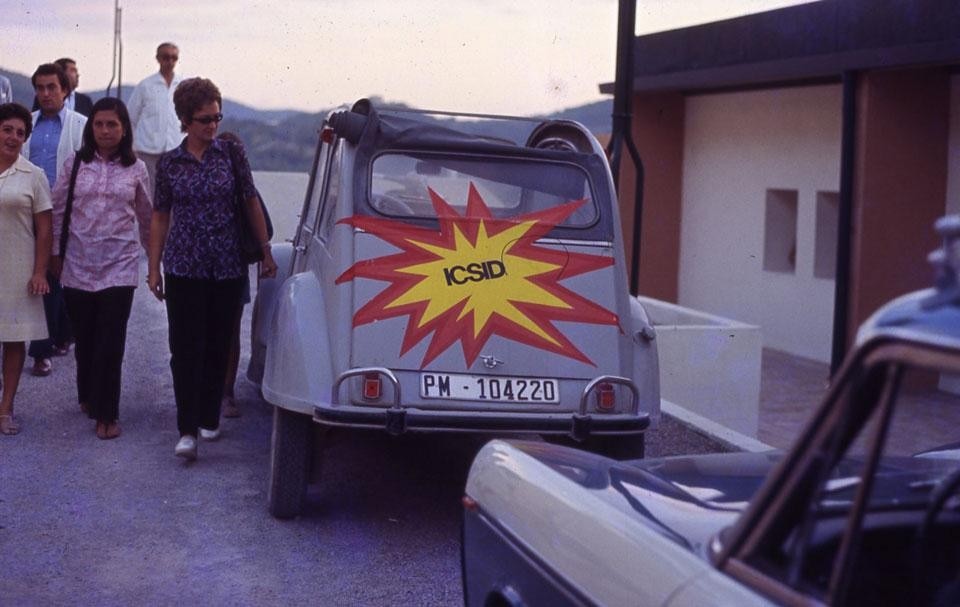
Knowing our history, we can be capable of comparison and to learn from the past, while simultaneously taking action for the future. In 1971 the ICSID Congress preceded the Encuentros de Pamplona ["Pamplona Meetings"] that took place the following year, and which could be seen as a prolongation in an urban context of the innovative spirit that the ICSID had developed in a natural environment. Nowadays we can witness how these actions and social movements are present in an active way in events as important as the Venice Biennale, the Istanbul Design Biennial or in architecture festivals such as Eme3, among others.
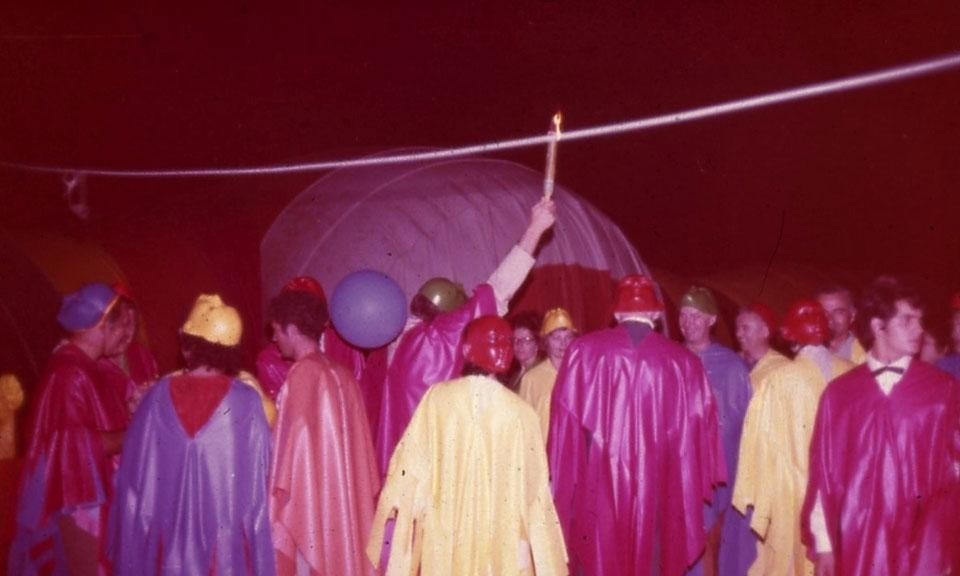
Adolfo Natalini once pointed that "utopia is not an alternative model: it puts forward unresolved problems (not problem-solving but problem-finding)". Thinking on Natalini's idea, we can see that Prada Poole found a problem (the lack of accommodation space) and proposed a "problem-solving" idea (the instant city); so perhaps we can be optimist enough to believe him when he said, referring to Instant City, that the ICSID Congress in Eivissa was the proof that utopia is possible. We profoundly believe that indeed, it is. Ethel Baraona Pohl (@ethel_baraona)
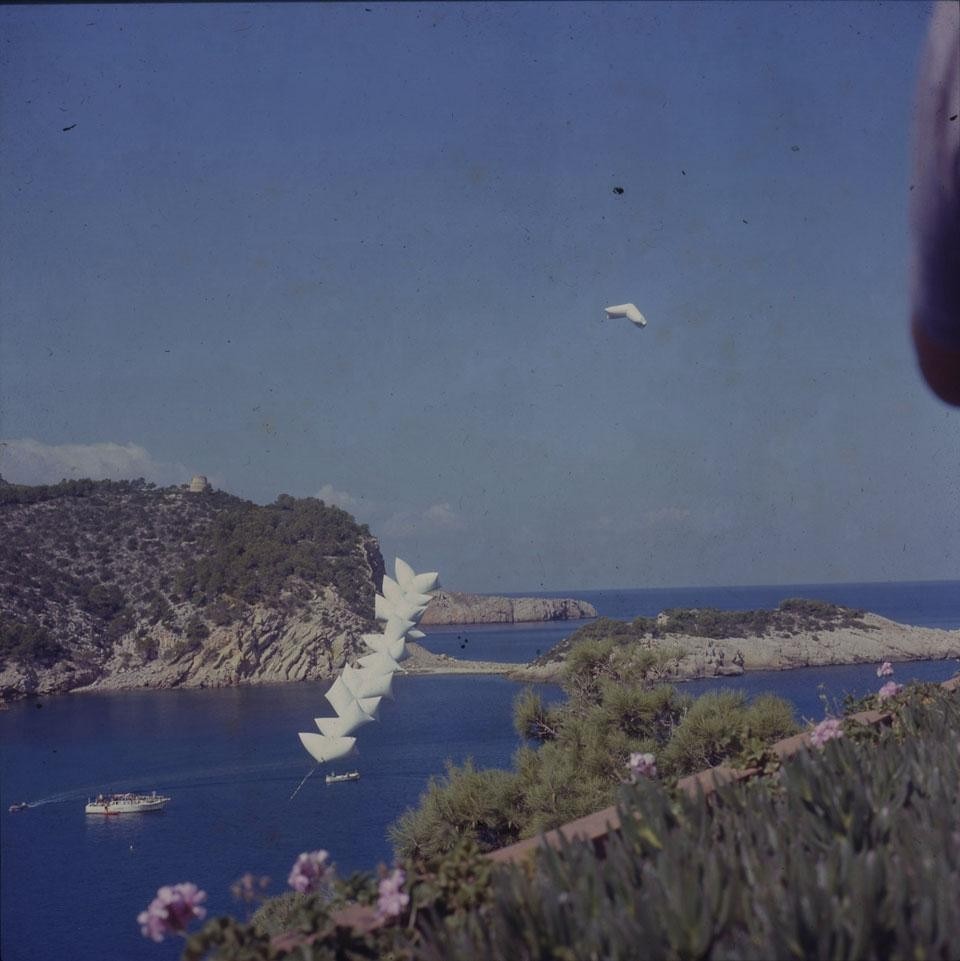
La utopía es posible
MACBA
Barcelona
